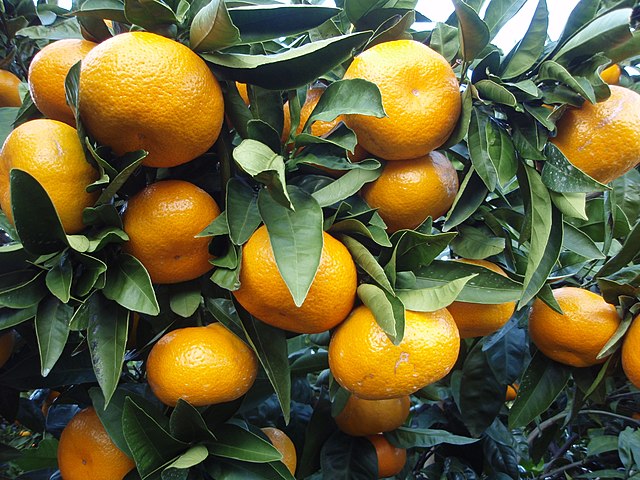The May 2024 soft citrus season in South Africa is proving strong for naartjies and mandarins, whose production could hit 31.3 million cartons.
This impressive yield estimate comes just six months after South Africa announced slightly higher citrus exports in 2023 than 2022’s.
Leading the output will be Nardocott/Tango mandarins, whose 2024 volume will rise by 16% year-on-year to 24.1 million cartons.
Leanri mandarin, in season late June, will reach 2.5 million cartons, while Orri mandarins will rake in 2 million cartons. The rest of mandarin and naartjie varieties will contribute 2.7 million cartons.
Together with oranges, South Africa’s naartjie/mandarin shipments form the now-popular “summer citrus campaign” to the U.S. Every northern hemisphere summer, South Africa leads the supply of citrus, including naartjie, in the American market.
According to Boet Mouton who heads the South African Summer Citrus Association, exports of naartjie and mandarins may reach 110,000 pallets.
What is a Naartjie?
Naartjie refers to the fruits of the Citrus unshiu species, which South Africans simply refer to as “citrus.” Its real name is Satsuma due to its Japanese origin while the name “naartjie” is Afrikaans for citrus fruit.
They are almost seedless, ripen to easy-peeling loose skin, taste tart yet sweet and are spherical in shape.
Botanists classify them as mandarins but some studies speculate that they are hybrids of a mandarin and a pomelo.
They grow in frost-free regions of South Africa, especially Eastern Cape due to its mild winters of a subtropical nature.
Ultimately, South Africa’s naartjie and mandarin exports in 2024 come free of export huddles without 2023’s Citrus Black Spot concerns.
South Africa Naartjie Statistics
What is the global rank of South Africa’s naartjie exports? South Africa was second after China in 2022 for the combined satsumas (naartjie) and tangerines exports worth $466 million. What is the most popular naartjie variety in South Africa? The Miho Wase, with an origin from Japan’s Miyagawa Wase Satsuma strain is the most popular.
What is the representative cultivated area of naartjies in South Africa? According to South Africa Online, naartjie cultivation represented 9% of all soft citrus area in the country in 2017. The Miho Wase variety accounted for 75% of this proportion. Where do naartjies grow in South Africa? Eastern Cape grows 30% of satsumas followed by Western Cape, Kwa-Zulu Natal and Mpumalanga.
